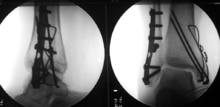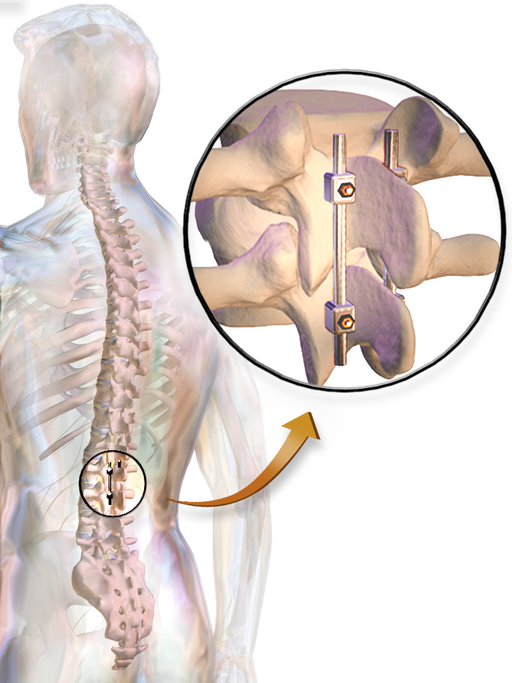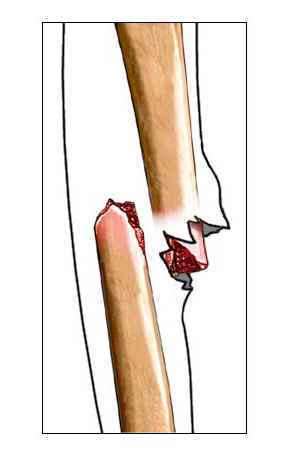Healing Time and Social Impact
Healing from Fracture
- With proper fixation/positioning, bone can heal in as quickly as 4-6 weeks
- healing time in children is typically 4-6 weeks
- healing time in adolescents is typically 6-8 weeks
- healing time in adults is typically 10-18 weeks
- Healing time is dependent on fracture type, stability, integrity of blood supply, co-morbities (diseases, soft tissue damage), patient age, and location
- Remodeling of healed bone is a continuous process based on cellular and mechanical (force) properties
- PTAs often reinforce patient education of post-operative precautions by explaining the time needed for bone to regain its strength and, therefore, its function. There are three distinct phases in normal bone healing: 1) inflammation, 2) repair, 3) remodel.
- PTAs should be able to select appropriate exercises to provide appropriate levels of tissue stress and minimize muscle atrophy without risk to bone tissue
- Repair after a Fracture (Approximately 1.5 minutes)
- this is a quick video that provides a great visual for tissue healing stages as described in Dutton, Chapter 4.
Delayed Fracture Healing
- Describes a slower than normal healing time
- Correlated with
- diabetes mellitus
- smoking
- long-term steroid use
- NSAID use
- poor nutrition
- advanced age
- damage to surrounding tissues (as in open fractures)
Fracture Fixation
Video approximately 13 minutes
Bone can be surgically fixed internally or externally with the use of instrumentation.
Fixation devices can be described as stress shielding (no motion to fracture site - primary healing) and stress sharing (distributes forces to minimize motion - secondary healing)
Normal stresses to bone are transmitted through the devices instead of bone tissue, therefore fixation devices are often removed following fracture union to reverse device-induced osteoporosis.
Common fracture fixations include:
ORIF - Open reduction internal fixation  http://en.wikipedia.org/wiki/Bimalleolar_fracture
http://en.wikipedia.org/wiki/Bimalleolar_fracture
External fixationhttp://en.wikipedia.org/wiki/File:External_Fixator.JPG
Fusion  By BruceBlaus (Own work) [CC-BY-3.0 (http://creativecommons.org/licenses/by/3.0)], via Wikimedia Commons
By BruceBlaus (Own work) [CC-BY-3.0 (http://creativecommons.org/licenses/by/3.0)], via Wikimedia Commons
Osteotomy (digital representation of correcting a malunion radius fracture  By Philipp Fuernstahl (Own work) [CC-BY-SA-3.0 (http://creativecommons.org/licenses/by-sa/3.0)], via Wikimedia Commons
By Philipp Fuernstahl (Own work) [CC-BY-SA-3.0 (http://creativecommons.org/licenses/by-sa/3.0)], via Wikimedia Commons
Social Impact
- Surgical fracture repair is the third most-common surgical procedure
- One-third of patients diagnosed with fracture need hospitalization
- Half of all inpatient hospital stays were due to fracture of the femur
- Incidence of fracture doubles every five years, starting at age 50.
- Can lead to permanent loss of mobility and/or independence
- In adolescents, fracture near the growth plate can slow or inhibit further bone growth in the affected limb
- Can be an indicator of child or elder abuse and/or neglect
